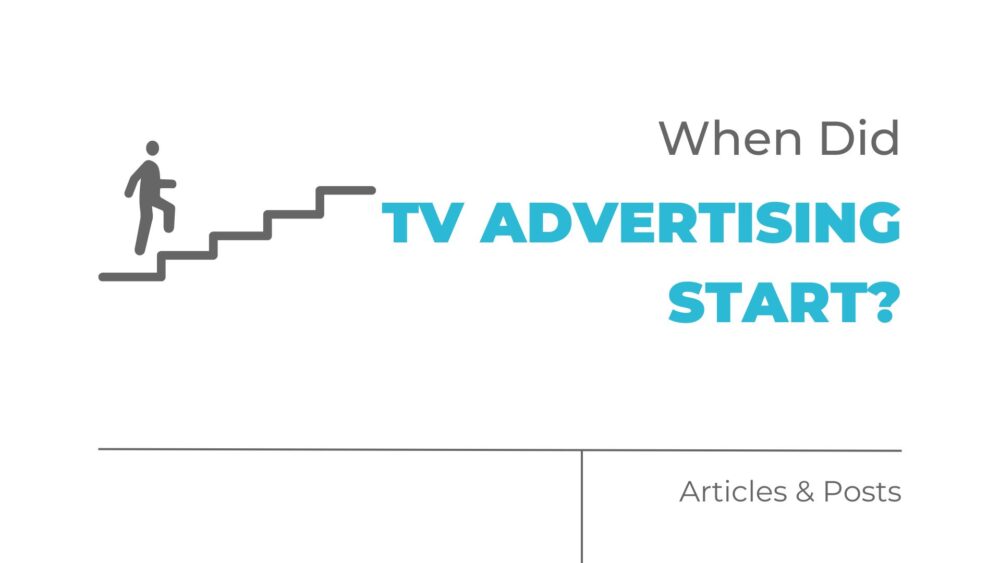Television advertising has become an integral part of our modern consumer culture, bombarding us with catchy jingles, memorable slogans, and persuasive visuals.
But have you ever wondered, “When did TV advertising start?”
TV advertising started in the late 1940s and early 1950s, as television sets became more common in households across the United States.
As TV ownership grew rapidly during this time period, companies saw an opportunity to reach a wide audience through this new medium.
What Was the First Thing Advertised on TV?
The first-ever product to be advertised on television was Bulova watches.
On July 1, 1941, during a Brooklyn Dodgers baseball game, a simple 10-second spot featuring a Bulova watch and the phrase “America runs on Bulova time” made its debut.
This groundbreaking advertisement paved the way for the future of television advertising.
What Year Did Commercial TV Start?
Commercial television, as we know it today, officially began on July 1, 1941, when the Federal Communications Commission (FCC) authorized the first commercial licenses for TV stations in the United States.
The launch of WNBT (now WNBC) in New York City marked the birth of commercial TV broadcasting.
This significant milestone opened up new avenues for businesses to reach a wider audience through the power of visuals and audio.
Advertisers quickly recognized the potential of this medium and began experimenting with various advertising techniques to captivate viewers.
What Is the Oldest Commercial Still on TV?
Believe it or not, there is one commercial that has stood the test of time and is considered the oldest one still airing on television today.
The Guinness World Records recognized the Bulova watch advertisement mentioned earlier as the oldest continuously running TV commercial.
Despite being over 80 years old, this iconic ad continues to leave its mark on viewers.
The Evolution of TV Advertising
Over the years, television advertising has witnessed numerous transformations.
From the early black and white commercials of the 1940s to the vibrant, high-definition ads of today, the industry has come a long way.
With the rise of cable and satellite TV, advertisers have gained access to more targeted audiences, allowing them to tailor their messages to specific demographics and interests.
Moreover, the advent of streaming services and digital platforms has further revolutionized TV advertising.
Advertisers now have the opportunity to reach consumers across multiple screens, incorporating interactive elements and personalized content.
At the End of the Day
Television advertising has a rich history that dates back to the early 1940s.
It has its advantages and disadvantages, but commercials definitely shape our culture and our marketing.
From the first-ever Bulova watch commercial to the present-day immersive and interactive ads, TV advertising has been a driving force behind consumerism and brand promotion.
As technology continues to evolve, we can only imagine what the future holds for this influential medium.


Comments are closed.